If you click on a link and make a purchase we may receive a small commission. Read our editorial policy.
Marvel's Civil War done right: Batman and Catwoman collide in the DC event Gotham War
Gotham War pits Batman and Catwoman in a bitter battle that splits the Bat-Family, employing themes from several classic Marvel stories

One lover’s quarrel has blown up into a full-on superhero showdown in Gotham War, a crossover event told across a number of titles, including the Batman and Catwoman ongoing series, published from the end of August through October by DC. Standing on opposite sides of how to best handle crime in Gotham City, Catwoman and Batman’s differences lead to a heated conflict, with all of Gotham becoming a battlefield between them and their respective factions. More than just a confrontation between the Dark Knight and the master thief, however, Gotham War also splits the Bat-Family, the close-knit team of allies Batman has mentored over the years to defend the DCU Universe.
In addition to giving the DCU another heart-wrenching story of longtime friends and allies bitterly turning against each other, Gotham War has clear narrative parallels to two successful Marvel Comics stories – 2008’s Civil War by Mark Millar and Steve McNiven and Chip Zdarsky’s recently concluded run on Daredevil. These stories chart the price of single-minded obsession, with the most visible consequence being the rupture of personal relationships and self-imposed isolation. Here’s how Gotham War pays off the themes from Civil War and Zdarsky’s Daredevil in new and effective ways for Batman and his extensive supporting cast.
The story behind Gotham War

In many ways, the roots of Gotham War stretch back to the start of James Tynion IV’s run on Batman in 2020, which saw Bruce Wayne and Selina Kyle decide to put their romance on hold. After splitting, Catwoman set up shop in Alley Town, a corner of Gotham largely neglected by Batman, allowing her a degree of autonomy free of her ex-fiance’s attention. Upon relocating, Selina steadily builds up her own power base of associates as she makes in-roads throughout Gotham’s criminal underworld, albeit more oriented towards organized crime than the DCU’s usual costumed supervillains.
In the meantime, Batman really endures a particularly rough patch after his breakup with Catwoman. The 2020 crossover event Joker War by Tynion and Jorge Jimenez has the Clown Prince of Crime gain access to Bruce’s finances, effectively wiping out most of the Wayne family fortune. Since then, Batman undertakes a grueling gauntlet of taking on his malevolent artificial intelligence program Failsafe, being plunged through a nightmarish odyssey of the multiverse, and entering a twisted version of his subconsciousness in the recently concluded crossover event Knight Terrors by Joshua Williamson.
Batman is physically and mentally exhausted, completely at the end of his rope, when he learns that Catwoman has been recruiting henchmen from other supervillains to build her own criminal enterprise. Despite Selina insisting she’s putting these downtrodden and forgotten members of society to good use, employing them in non-violent crime targeting the corrupted and amoral wealthy, Batman angrily disagrees with her approach towards rehabilitating Gotham. Conversely, Catwoman feels Batman’s brutal modus operandi in dealing with criminals ignores the growing wealth divide and only encourages more violence, setting the stage for Gotham War.
Echoes of Daredevil

Zdarsky, who co-writes Gotham War with Catwoman scribe Tini Howard, has recently tread similar narrative ground with his long, acclaimed run on Daredevil. Zdarsky’s run on the title begins with Daredevil accidentally killing a common criminal during a routine crime-fighting incident in Matt Murdock’s usual stomping grounds of Hell’s Kitchen. Upon learning this, Matt undergoes an extended self-destructive spiral as he’s consumed by his guilt in ending a man’s life.
Matt continually pushes his friends and allies away as he openly questions the efficacy of what he does as both a superhero and lawyer. After pleading guilty to involuntary manslaughter, against the advice of his colleagues, Matt spends time in prison as part of his showy self-flagellation. Upon his return to the outside world, Matt and his wife Elektra start a ninja cult known as the Fist to take on rival ninja cult the Hand. The resulting war between the clans causes significant collateral damage, harms the heroes, and temporarily kills Matt’s best friend Foggy Nelson, with Matt sacrificing himself to resurrect Foggy.
The parallels between the broad strokes of this run and the premise and opening issues to Zdarsky’s subsequent work on Gotham War are easy to trace. The conflict between Batman and Catwoman breaks out when a low-level in Selina’s employ is killed, orphaning his child. This results in Batman projecting his recent penchant for self-destruction towards Catwoman and all those who would side against her.
The escalation of this violently obsessive drive pits most of the Bat-Family against Bruce, starting with the Red Hood, who is always something of a more lethal outlier in the ensemble. In response, Batman quickly and brutally fights the Bat-Family members who try to, at least initially, peacefully dissuade him from his increasingly excessive force. With more skirmishes and casualties sure to unfold as Gotham War continues, Batman and Robin have alienated themselves from the very superhero family Bruce created, now viewing the greater Bat-Family as enemies.
A civil war comes to Gotham City

In regard to Civil War, Millar and McNiven’s Marvel story is also one where divisions are borne from tragedy after the supervillain Nitro destroys part of Stamford, Connecticut while battling the New Warriors. In response, the federal government passes the Superhero Registration Act to monitor and regulate superhero activity, with Iron Man as its most public champion. Captain America sees the mandatory registration and surveillance as a massive government overstep and violation of civil liberties, leading to an all-out superhero war.
Though the government isn’t yet involved directly in the events of Gotham War, it’s Batman who takes on the role of big brother controlling entity in the story. Bruce is comfortable with any level of criminal activity in Gotham, much less one institutionalized by Catwoman and employing known associates of supervillains. Catwoman bristles at Batman’s attempt to control her and dismantle her operation, with the failed romance between them adding even more bitter fuel to the conflict’s fire as the heroes fracture.
The toxicity of obsession

All three of these comic book stories cover the price of unrelenting obsession. Batman’s obsessive crime-fighting tendencies and pathological need for control is a relatively new aspect of the character introduced in the wake of Jason Todd’s death in the ‘80s by Jim Starlin and Jim Aparo. This alienated Bruce from the supporting cast for years, who often begrudgingly fell in line to carry out the greater good but not without a good deal of interpersonal friction along the way. This side of Batman’s personality has softened in recent years but comes back with a vengeance in Gotham War, straining Bruce’s personal relationships as much as ever.
Daredevil’s obsession tends to channel that pain and conviction inward, making Matt constantly brood and leave his personal life in tatters from the immense amount of guilt he carries. Civil War is the story of two men on opposing sides completely unwilling to compromise and willing to jettison their lengthy friendship and dig in for the acrimonious fight. Heroes can be a hard-headed and hopelessly self-centered bunch and the Marvel Universe, like the DCU, has plenty of violent misunderstandings because of it.
Gotham War is Batman at his most driven and morally ambiguous, dead set on doing what he believes is right but not allowing for any deviations, even from those he nominally trusts the most. It is in stories like these where the never-give-up attitude of the heroes turns into blind stubbornness, with tension and friction erupting into open conflict. And when dealing with someone as committed as Batman and the formidable figures in Gotham City, this means an all-out war, with no winners to be had.
On sale now, Batman #137, the second chapter in Gotham War, is written by Chip Zdarsky, illustrated by Jorge Jimenez, colored by Tomeu Morey, and lettered by Clayton Cowles. Gotham War continues in Catwoman #57, written by Tini Howard, illustrated by Nico Leon, colored by Veronica Gandini, lettered by Lucas Gattoni, and on sale September 19 from DC Comics.
Follow Popverse for upcoming event coverage and news
Find out how we conduct our review by reading our review policy
Let Popverse be your tour guide through the wilderness of pop culture
Sign in and let us help you find your new favorite thing.


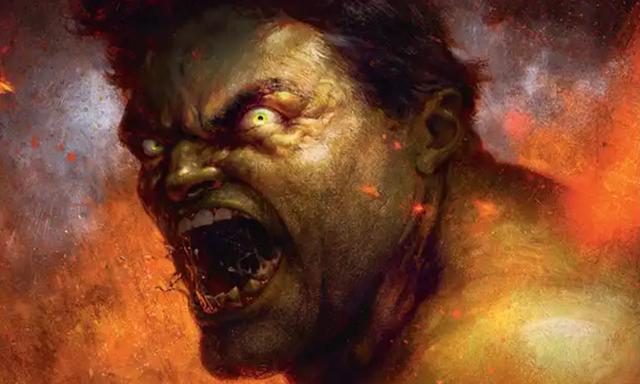
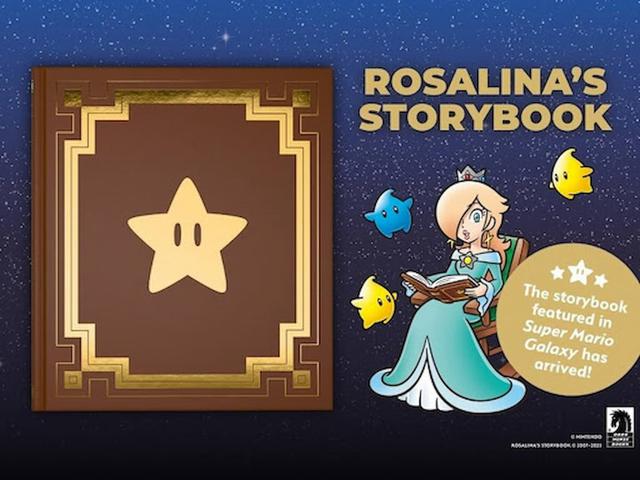

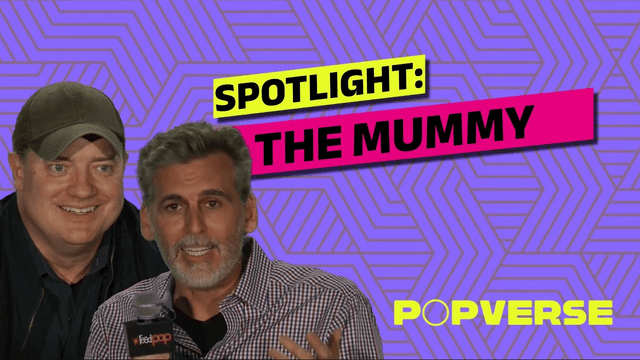

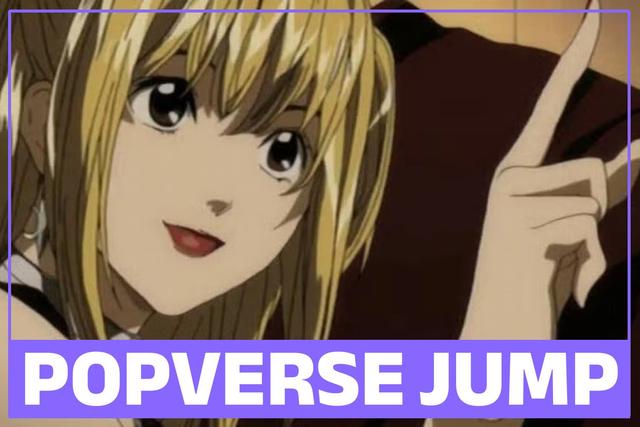
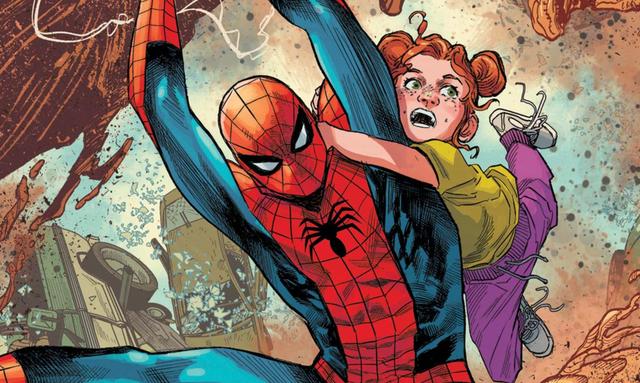







Comments
Want to join the discussion? Please activate your account first.
Visit Reedpop ID if you need to resend the confirmation email.